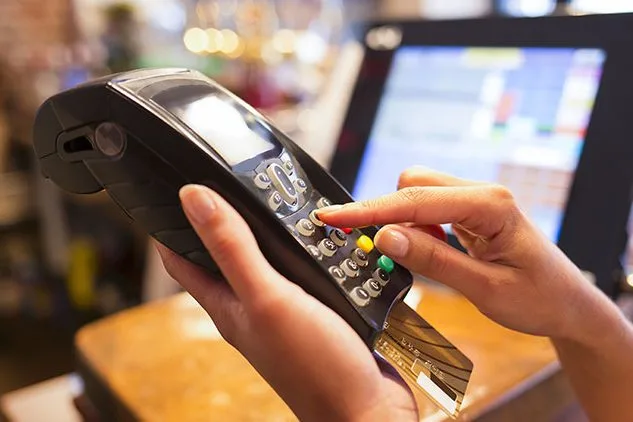How to Combat Refund Fraud Without Disrupting the Customer Experience
We look at ways to combat refund fraud without completely upending your customer experience.
According to the National Retail Federation, 10.6% of all U.S. retail sales were returned last year. And of those returns, $25.3 billion were lost to fraud.¹
As a result, retail and eCommerce businesses are looking for ways to bolster their security measures and tighten up their returns policy. But the question is, how do we do that without negatively impacting new and existing customers? In this post, we’ll look at a few ways.
First, let’s unpack the specifics of refund fraud.
What is Refund Fraud?
Refund fraud or return fraud is any form of fraudulent activity designed to exploit the return policy of a retail or eCommerce business. In these scenarios, fraudsters might return items that weren’t purchased from you or that are ineligible for a return (due to damage or use). But in either case, the fraudster can get away with money or new goods, leaving you with unnecessary losses.
Most retailers have had to take drastic measures to prevent return fraud — such as creating a zero refund policy or designing an arduous return process to weed out would-be criminals. Unfortunately, customers are often caught in the cross-hairs, as their legitimate purchases are falsely declined and they’re forced to jump through unnecessary hoops.
Fortunately, there are other ways to combat refund fraud without completely upending your customer experience. Let’s look at just three.
Leverage AI
Fraud doesn’t occur without warning signs. It might be connected to the size or frequency of the order. Or the red flag might be shipping addresses and purchase history. Regardless, you can identify fraud before it happens — if you can act fast enough.
Given that most human employees don’t have the speed or skill to detect sophisticated fraud among hundreds or thousands of purchases, it’s useful to have an AI. Using artificial intelligence, you can pick out fraud in a matter of seconds, and highlight the anomaly in the purchase for future reference.
If your AI comes equipped with advanced machine learning capabilities, it can also integrate these discoveries into its algorithm to keep up with the evolving fraud landscape. This means you can detect fraud without making your return policy more difficult to navigate as a legitimate customer.
Add Some Caveats to Your Returns Policy
While you don’t want to create an unnecessarily difficult refund process, you can make a few amendments to your return policy to protect your business from eCommerce return fraud.
For example, you can require a screenshot of the receipt to ensure the customer purchased from you. If an exchange is requested, you can also postpone sending the replacement until you receive the returned product at one of your fulfillment centers or warehouses.
Doing one or both of the above increases the likelihood that only legitimate customers will attempt to make returns.
Work with Fraud Protection Experts
Even with the best training, most employees don’t have the expertise to detect fraud when they see it. By working with a set of experts, who know what to look for and how to respond, you can more effectively prevent return fraud from occurring.
Look for a company that has experience with eCommerce fraud protection like Radial. By layering human expertise on top of consortium data and AI, Radial has the expertise to help retail and eCommerce businesses detect all different types of fraud while approving nearly 99% of orders. Best of all, we offer zero fraud liability, which means we can both eliminate your risk and maximize your sales.
Even though return fraud is difficult to identify when your customers are returning online purchases, there are ways to get ahead of fraudsters. By adopting AI/machine learning technology, cleaning up your return policy, and working with a team of expert fraud prevention professionals, you can protect your business and continue offering an enjoyable customer experience.
Sources:
¹ ” $428 Billion in Merchandise Returned in 2020,” National Retail Federation, January 2021
